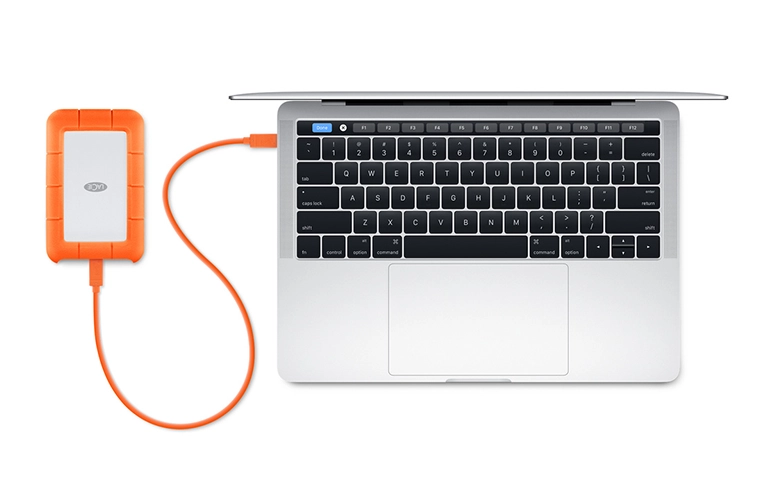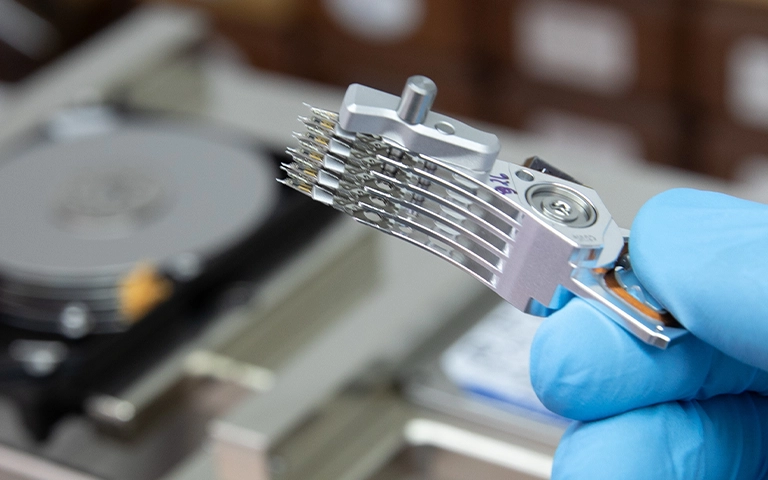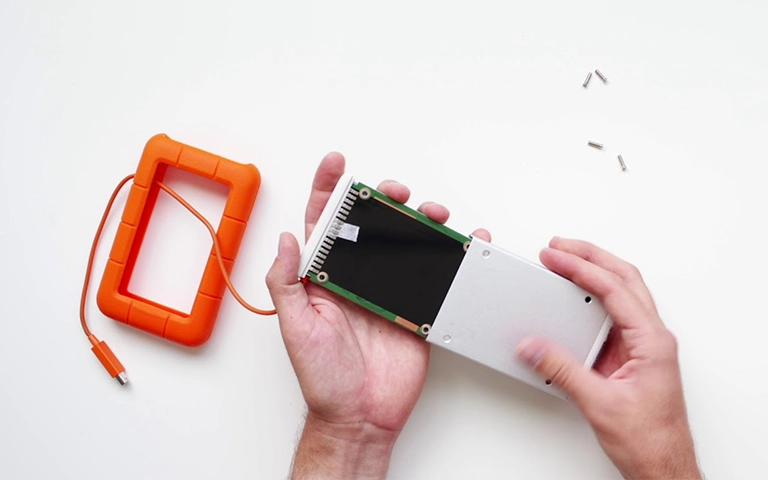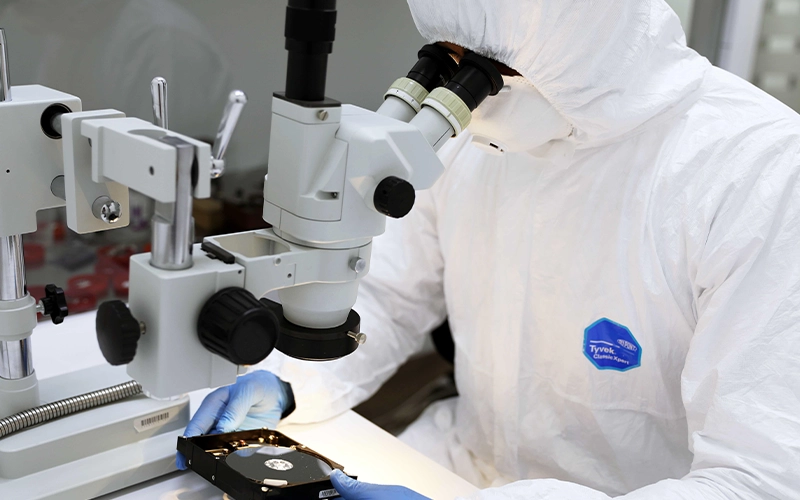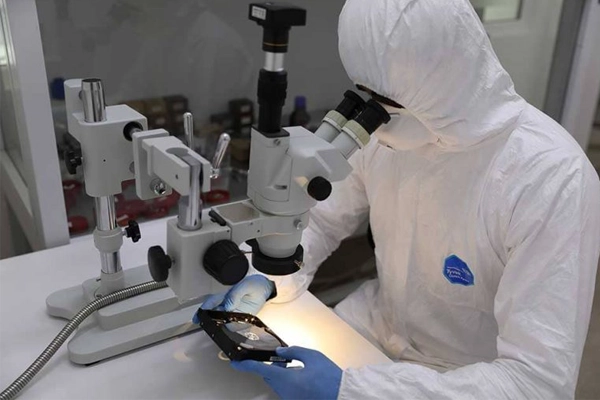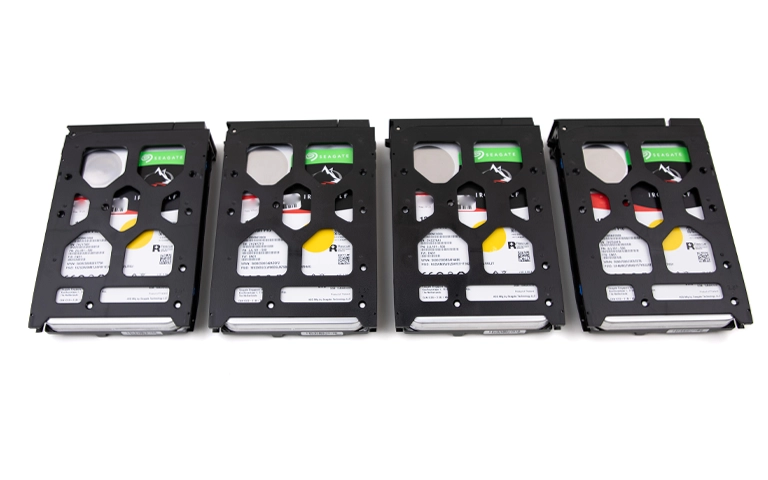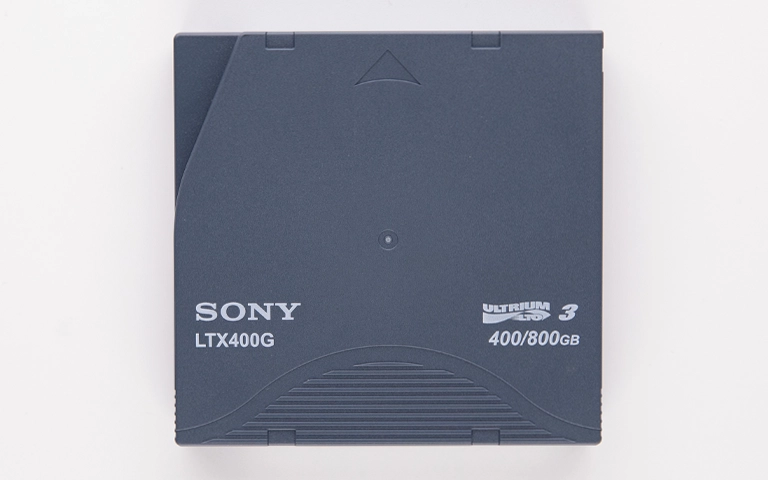Hearing a distinct beeping noise from your LaCie external hard drive signifies a serious warning. Unlike sharp clicks, a repetitive beep often indicates a critical internal hardware problem preventing correct function and placing your data at immediate risk.
Understanding what this sound typically means and taking the correct immediate actions are crucial. Attempting quick fixes or continued operation for a beeping LaCie drive can lead to permanent data loss. This guide explains common causes and necessary professional data recovery procedures.
Understanding the Beeping Noise
While clicking often relates to read/write head movement issues (see clicking hard drives ), beeping frequently points to problems preventing the internal platters from spinning up correctly:
Head Stiction (Common Cause): Read/write heads land and stick on platter surfaces instead of parking safely. When powered on, the motor strains against this friction, causing beeping or failure to spin.
Spindle Motor Seizure: The motor spinning the platters fails due to bearing issues or mechanical problems, preventing rotation and causing beeps upon power application. Related info: Hard Drive Not Spinning.
Insufficient Power: Less common for continuous beeping, but inadequate power might cause failed startup attempts with beeps.
PCB Issues: Electronic faults on the circuit board can prevent motor power/signals, possibly resulting in error beeps.
Beeping almost always signifies hardware failure preventing proper platter spin, requiring physical intervention.
Why Is My LaCie Hard Drive Beeping?
A LaCie hard drive beeps primarily due to internal mechanical failures preventing platter rotation. Common causes are read/write heads stuck on platters (stiction) or a seized spindle motor. Power issues or PCB faults are less frequent causes. Physical shock or component wear often trigger these failures.
Potential Triggers for Beeping LaCie Drives
Certain events can trigger these failures in LaCie external HDDs:
-
Physical Shock/Impact: Drops or bumps are a major cause of head stiction. A dropped LaCie hard drive beeping is common.
-
Sudden Power Loss: Can lead to improper head parking, causing stiction later.
-
Age and Wear: Mechanical parts like motors eventually wear out.
-
Internal Component Failure: Electronics can fail over time.
Actions to Avoid When Your LaCie Drive Beeps
Ignoring beeping or taking incorrect actions will likely cause irreversible data loss.
-
STOP & POWER OFF IMMEDIATELY: Continued power strains components (motor, PCB) and risks head scraping if stuck. Disconnect all cables (power, data) immediately.
-
DO NOT Keep Trying: Repeated power-on attempts increase damage risk.
-
DO NOT Run Software: Software (recovery tools, diagnostics) cannot fix internal mechanical issues like stiction or seized motors and is potentially harmful.
-
DO NOT Open the Drive: Opening outside a cleanroom guarantees dust contamination, destroying platters during recovery attempts.
-
DO NOT Shake or Hit: Physical shocks worsen internal damage.
Get a Free Consultation.
Our recovery experts are ready to assess your device and guide you through the safest path to recovery. Fill out the form to get started.
"*" indicates required fields
Why Professional Intervention is Necessary for Beeping Drives
Beeping indicates hardware failure requiring specialized tools and environments:
Cleanroom Required: Addressing stiction or motor failure (freeing heads, platter transplantation) must occur in a Class 100 ISO 5 cleanroom to prevent contamination.
Specialized Tools & Expertise: Safely opening drives, handling heads/platters, PCB repair, or motor replacement requires specific tools and trained technicians.
Diagnosis Complexity: Determining the exact cause needs professional diagnostics.
Can Data Be Recovered from a Beeping LaCie Drive?
Yes, data recovery from a beeping LaCie hard drive is often possible via professional services, particularly if powered off quickly. Success hinges on the specific failure (stuck heads vs. motor), platter condition, and avoiding further damage. Cleanroom procedures and potential component replacements are usually required.
DIY Recovery
Risks permanent data loss
Let the Specialists Handle It
DIY attempts often result in permanent data loss. Our certified recovery specialists use advanced tools in controlled environments for the highest success rate.
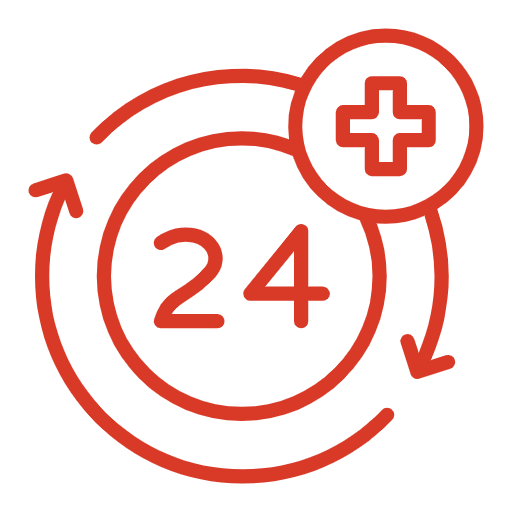
24/7 Emergency Service
The Professional Data Recovery Process for Beeping LaCie Drives
When PITS Data Recovery receives a beeping LaCie drive:
Initial Diagnosis: Confirm symptoms, assess likely cause via tests.
Cleanroom Intervention (If Needed): Open drive in cleanroom.
For Stiction: Carefully lift and park stuck heads.
For Motor Failure: Repair motor or transplant platters to donor chassis.
PCB Repair/ROM Transfer (If Necessary): Address electronic faults preventing spin-up.
Drive Imaging: Once stable, immediately clone data to a healthy drive using specialized hardware.
Data Extraction: Recover files from the completed image.
Industry-Leading 99% Success Rate
PITS Data Recovery frequently recovers data from beeping LaCie external hard drives. Our specialized cleanroom facilities, combined with our engineers’ expertise in handling head stiction, motor failures, and PCB repairs, allow us to address the complex hardware issues indicated by beeping sounds.
Recommended Steps for Your Beeping LaCie Drive
- Ensure It Is Powered Off: Disconnect all cables and leave them disconnected.
- Handle Gently: Avoid any further bumps or movement.
- Note Model Information: If possible, record the specific LaCie model number from the label.
- Contact PITS Data Recovery Immediately: Beeping drives indicate a critical state. Contact us promptly for a professional evaluation and recovery plan.
Don't Let Data Loss Ruin Your Business
Minimize business disruption. We retrieve lost data fast, so you can focus on what matters.
Conclusion: Responding to a Beeping LaCie Drive
A beeping sound from your LaCie external hard drive indicates serious internal hardware failure, usually preventing proper spin-up due to head stiction or motor seizure. Immediate power-off is crucial.
This problem cannot be resolved with software or DIY methods. Safe, successful data recovery requires professional intervention in a certified cleanroom using specialized techniques. PITS Data Recovery is equipped for these specific failures. If your LaCie drive is beeping, protect your data by contacting us immediately for expert evaluation. Explore our comprehensive External Hard Drive Recovery Services.

